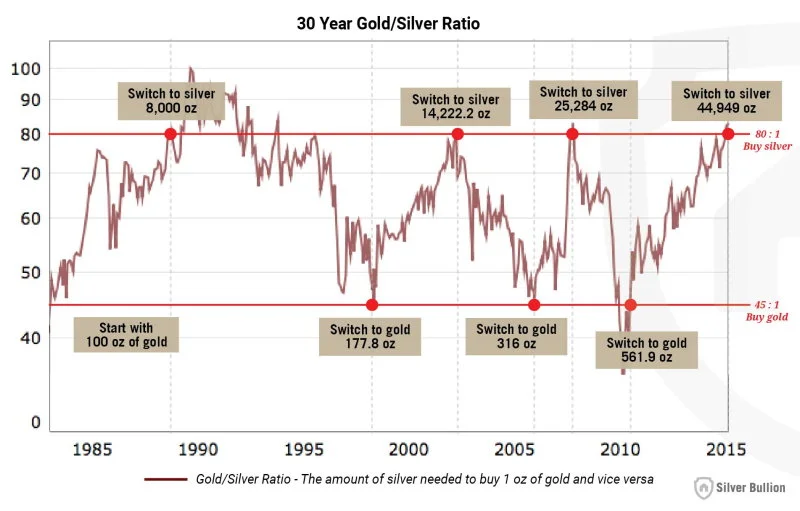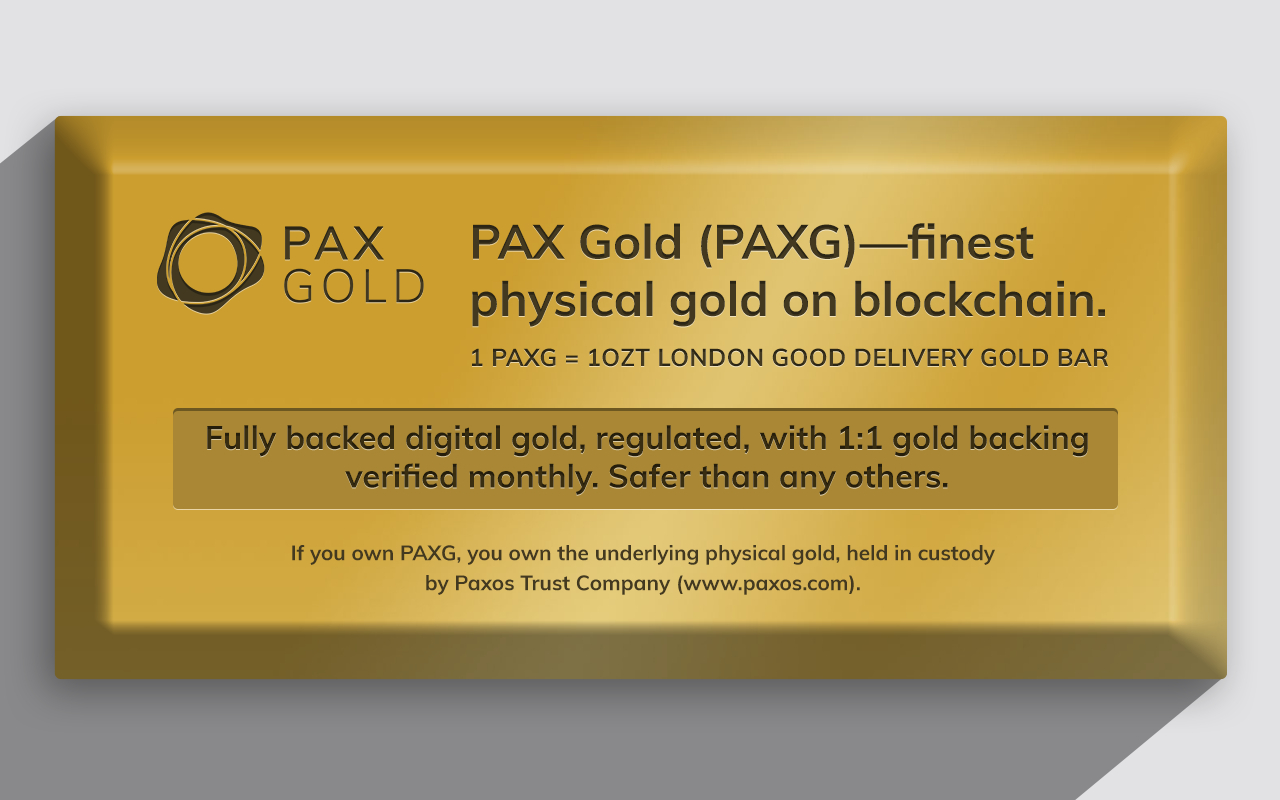Why a Bitcoiner stores silver bars in Singapore
After the last newsletter, many of you asked questions: Why silver? Why physical, not Paxos? Why Singapore? I love this topic, so as Bitcoin is facing a little pullback, let’s dive into it, and next week, we’ll be back to crypto, I promise!
Why precious metals
Proper diversification occurs only between different asset classes. Bitcoin and Ethereum ratios can change, but in terms of purchasing power, they mostly move up and down together because they’re subject to similar market forces. The same is true for gold and silver or tech stocks. So, I’ve always favored diversifying between Bitcoin and Gold rather than between Bitcoin and altcoins.
Why silver and not gold
There’s nothing wrong with buying gold, but I want you to be aware of the gold/silver ratio. Historically, it varied between 15 and 120. The current value is ~80, which means 80 ounces of silver for 1 ounce of gold. It’s pretty high, considering that 12 years ago, it was only 15! The idea is simple: buy silver when the Gold/Silver ratio is high, and buy gold when it’s low. We’ve been in a season of very cheap silver for the last few years.
Trading between silver and gold
There’s nothing wrong with buying gold, but I want you to be aware of the gold/silver ratio. Historically, it varied between 15 and 120. The current value is ~80, which means 80 ounces of silver for 1 ounce of gold. It’s pretty high, considering that 12 years ago, it was only 15! The idea is simple: buy silver when the Gold/Silver ratio is high, and buy gold when it’s low. We’ve been in a season of very cheap silver for the last few years.

Trading between silver and gold
If you bought silver at the beginning of COVID when the ratio was 120, only a year later, you could sell it for almost twice as much gold as you could buy for the same money a year ago. That’s impressive, but if the ratio ever reaches 15 again, it will give you a fantastic multiplier. The exciting part of this trade is that both assets are safe long-term, so you don’t take significant risks and still have exposure to an excellent upside.
Why physical, not Paxos
Paxos offers fascinating instruments, but when we talk about diversification, PAX Gold (PAXG) doesn’t provide the same hedge as physical silver or gold. It doesn’t fully protect you from systemic failure. Additionally, it may be harder to operate with it fully anonymously. Especially as regulations constantly get more strict. It’s still a relatively new brand; if you want to sell it, it will likely happen on a centralized exchange. On the other hand, it’s much better for short and mid-term trades.

Why Singapore
Taxes. The obvious reason to go outside of the EU is the VAT tax. The EU decided that gold is a monetary asset, but silver is an industrial asset and should be taxed like other commodities. This is a drawback, but you can still buy silver without VAT outside the EU zone.
Privacy. The great news is that your tax office doesn’t have direct access to the vault as it does in the case of your bank account. You stay private, and if you decide to sell your stash, you can do it for crypto or even cash.
Geographical diversification. It’s not all, though. Storing some of your wealth abroad gives you another layer of protection. You can have it there waiting for you, to one day enter the physical office in Singapore and leave with cash. On the other hand, opening (and keeping!) a bank account in Singapore is an entirely different story and much less accessible.
Gold/Silver swapping. The last benefit applies specifically to Bullion Star. They allow for a very favorable conversion rate when you want to exchange your gold for silver or vice versa. If you buy their branded bars in significant amounts, they even offer a 0% fee for such a conversion. This is a fantastic offer concerning trading the gold/silver ratio we discussed earlier.
—
Disclaimer: This article is for informational purposes only and does not constitute financial advice. Investing involves risks, including the possible loss of principal. Always conduct your own research before making investment decisions.
